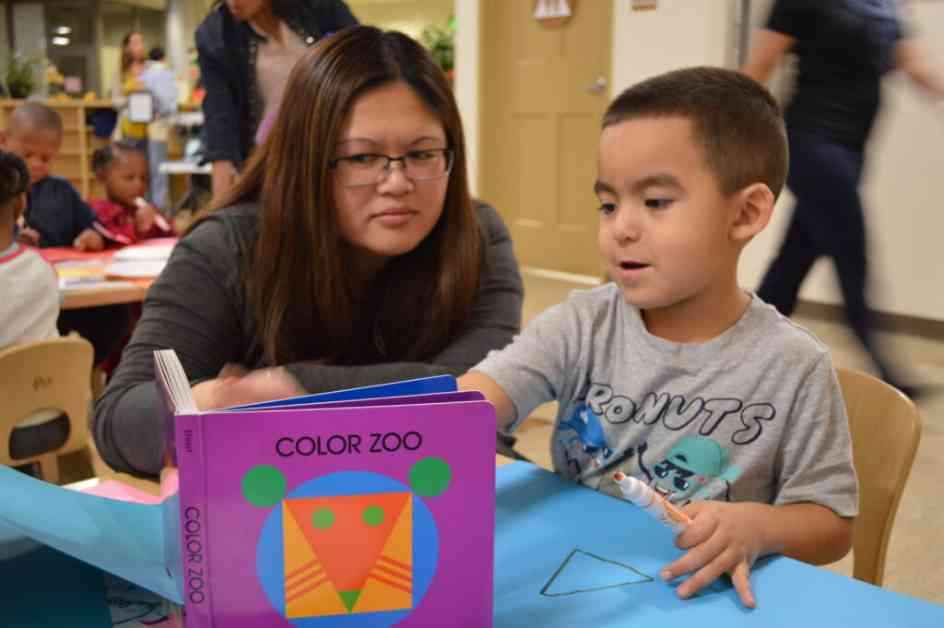New State Data Shows Continued Enrollment Decline and Increase in Homeless Students
California’s TK-12 enrollment took another hit this year, dropping by 0.54% compared to last year. That’s a loss of 31,469 students, bringing the total number of students in grades TK-12 down to 5.8 million. The decline is a bit steeper than last year’s, but not as drastic as the drop we saw at the height of the pandemic. The data, based on enrollment counts from Census Day in October, also revealed a rise in the number of poor and homeless students in the state.
Transitional kindergarten seems to be the saving grace in the midst of declining enrollment, with an additional 26,079 students enrolling in the new grade this year, marking a 17.2% increase. However, most other grade levels saw decreases in enrollment. On the flip side, the number of students identified as homeless surged by 9.3% from the previous school year, totaling 230,443 students facing housing insecurity.
State Officials Attribute Enrollment Decline to Demographics and Housing Prices
State officials chalk up much of the enrollment decline to demographic shifts, particularly a declining birth rate. Regions with steep housing prices, like Los Angeles County and Orange County, saw the most significant drops in enrollment. Conversely, more affordable areas in the state, such as the San Joaquin Valley and Northern California, including Sacramento, experienced growth in student numbers. Charter schools, on the other hand, are on the rise, with an additional 50,000 students opting for charter education this year. Now, 12.5% of California students are enrolled in charter schools, a notable increase from 8.7% a decade ago.
The expansion of transitional kindergarten is seen as a positive step toward providing early education opportunities for all 4-year-olds. However, the enrollment numbers for transitional kindergarten fall short of early estimates, with only about 40% of eligible students opting for the program. This has led to a reduction in funds for transitional kindergarten in the Governor’s budget revision, with plans to decrease the student-to-adult ratio in classrooms next year. Despite the expansion of transitional kindergarten, enrollment numbers in other early education programs, like private preschools and Head Start, have been declining, raising questions about the program’s reach and effectiveness in reaching eligible four-year-olds.
In conclusion, the latest state data paints a picture of continued enrollment decline in California’s TK-12 system, offset by the growth of transitional kindergarten. The increase in homeless students highlights the ongoing challenges faced by economically disadvantaged families. While there are positive strides in expanding transitional kindergarten, there are still gaps in reaching eligible students and communicating the program’s availability to families. As the state grapples with shifting demographics and housing dynamics, the education landscape continues to evolve, posing both challenges and opportunities for students and educators alike.
